We spent a day in Rawalpindi's popular Paan Wali Gali
People were bargaining while hawkers navigated between them to try and make a sale and shopkeepers set up their goods on an average day in the 100-year-old Narankari Bazaar.
Commonly known as Paan Wali Gali, this market has been known for selling betel leaves, areca nuts, tobacco and associated products and accessories and supplying them northern parts of the country.
The market has been the exclusive centre for betel trader in Rawalpindi for more than a century. It housed a few such shops before partition, but as migrants arrived from various parts of India the number of shops rose to 50.
The paan market thus became the main supply point for Khyber Pakhtunkhwa, Azad Kashmir and all the districts in the Rawalpindi division. Even today, many traders send their consignments to the north from here.

Paan was used in religious ceremonies in the pre-Muslim period in India. It was even mentioned in Ibne Battuta’s travelogue, where he talks about arriving in India during Sultan Mohammad bin Tughluq reign and finding Indians chewing paan.
The tradition of eating paan with lime and areca nuts (supari), with or without tobacco, is centuries old. In the Mughal period, presenting paan to guests was a sign of respect, while Lucknow and Banaras were known for their own unique styles of preparing paan.

All of the shopkeepers in the twin cities of Rawalpindi and Islamabad buy paan and areca nuts from the Paan Wali Gali, where they can find products of varying quality. Most people sell paan that comes from India and Sri Lanka, as it is not grown in Pakistan.
Although there are officially imported products, it is mostly smuggled in. Local traders then purchase the product from Lahore and Karachi and supply it to other parts of the division.
“We buy paan in bulk in Lahore and Karachi and send consignments to northern parts of the country, Awais Raja, a trader in Narankari Bazaar, told Dawn.

He said the most popular paan is known as Sanchi, which comes from Bangladesh. That has not arrived yet, so Indian and Sri Lankan betel leaves are in demand due to their quality.
Mr Raja recalled that paan supplies from India were halted in the 1965 war, so people used guava leaves instead of betel leaves. Supari also comes from India and Sri Lanka, he said.

Mohammad Asif, a shop owner in Saddar who has been in the business for 65 years, said his father opened their paan shop soon after arriving from India. He said the demand for paan has not decreased, as many people from Karachi have settled in Rawalpindi and chew paan habitually.
However, many people dislike the habit because of the red stains it leaves on walls and roads, while the use of tobacco in paan has cancer risks.
Originally published in Dawn, December 29th, 2019


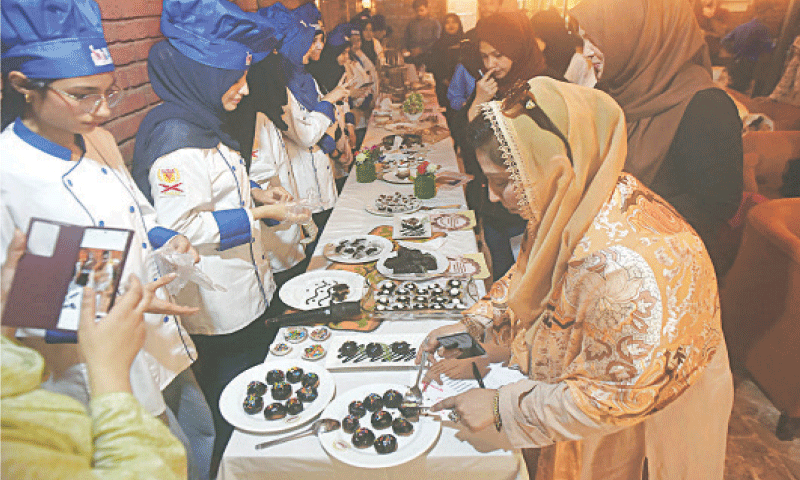
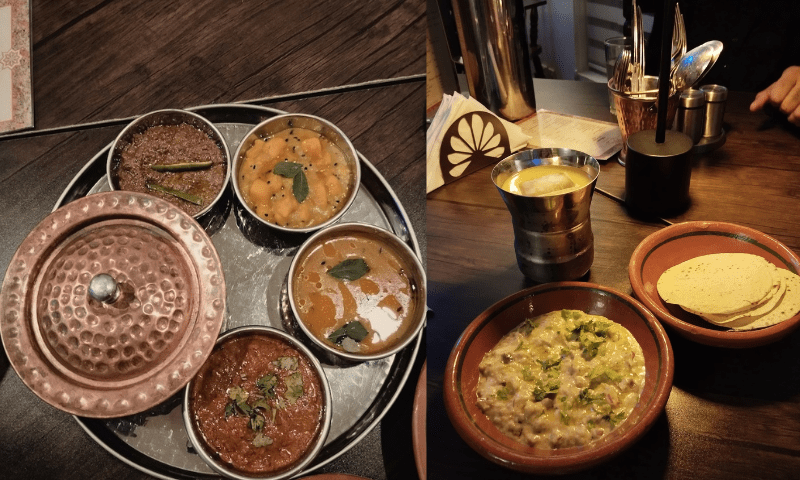
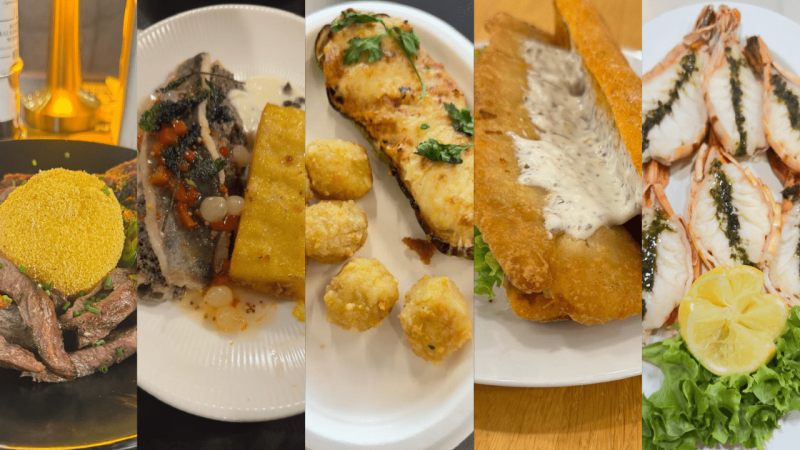


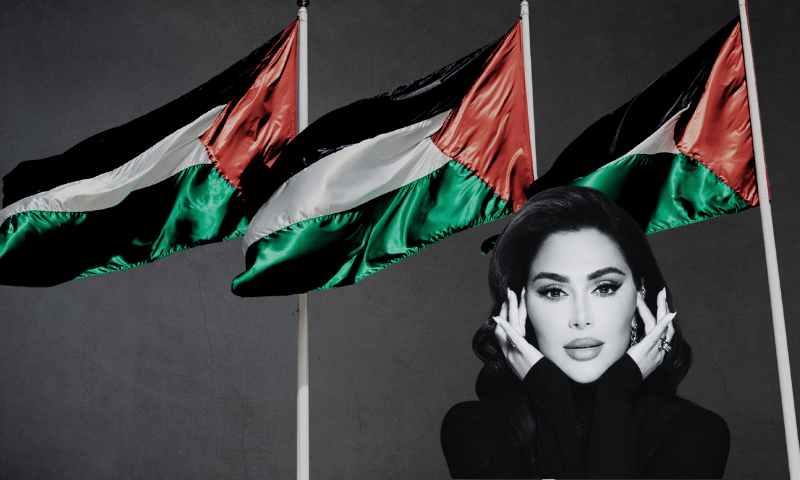



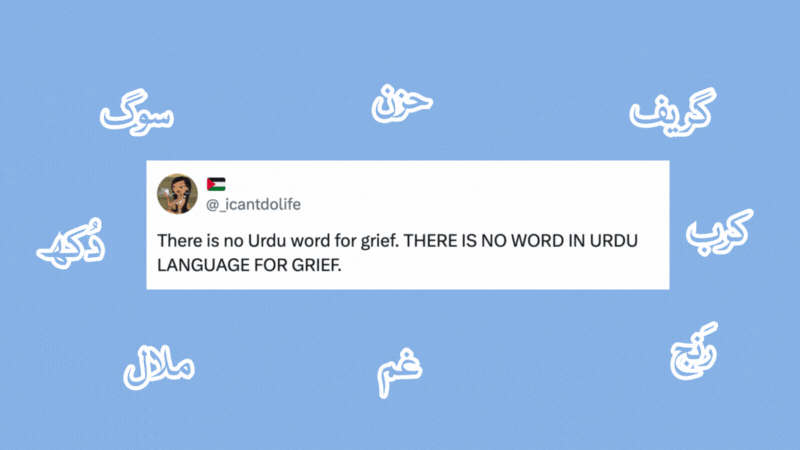
Comments